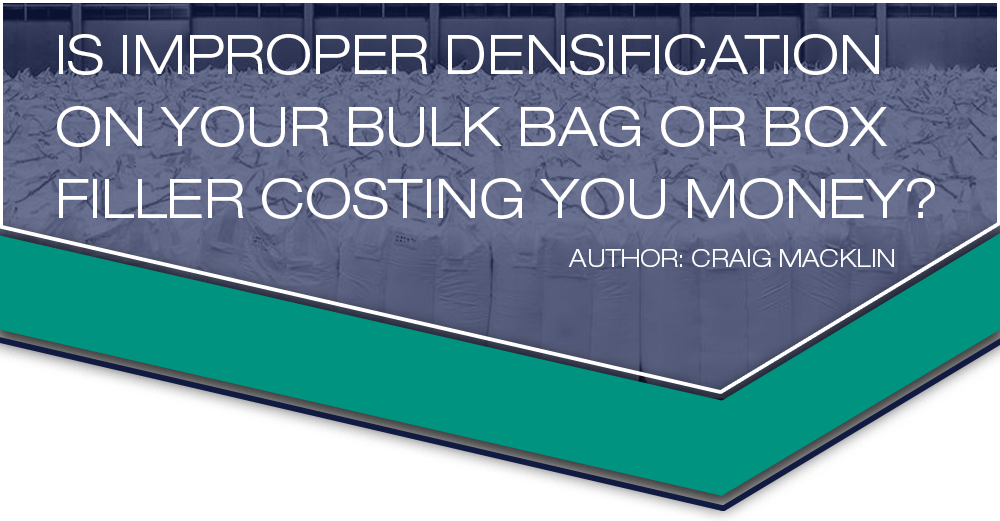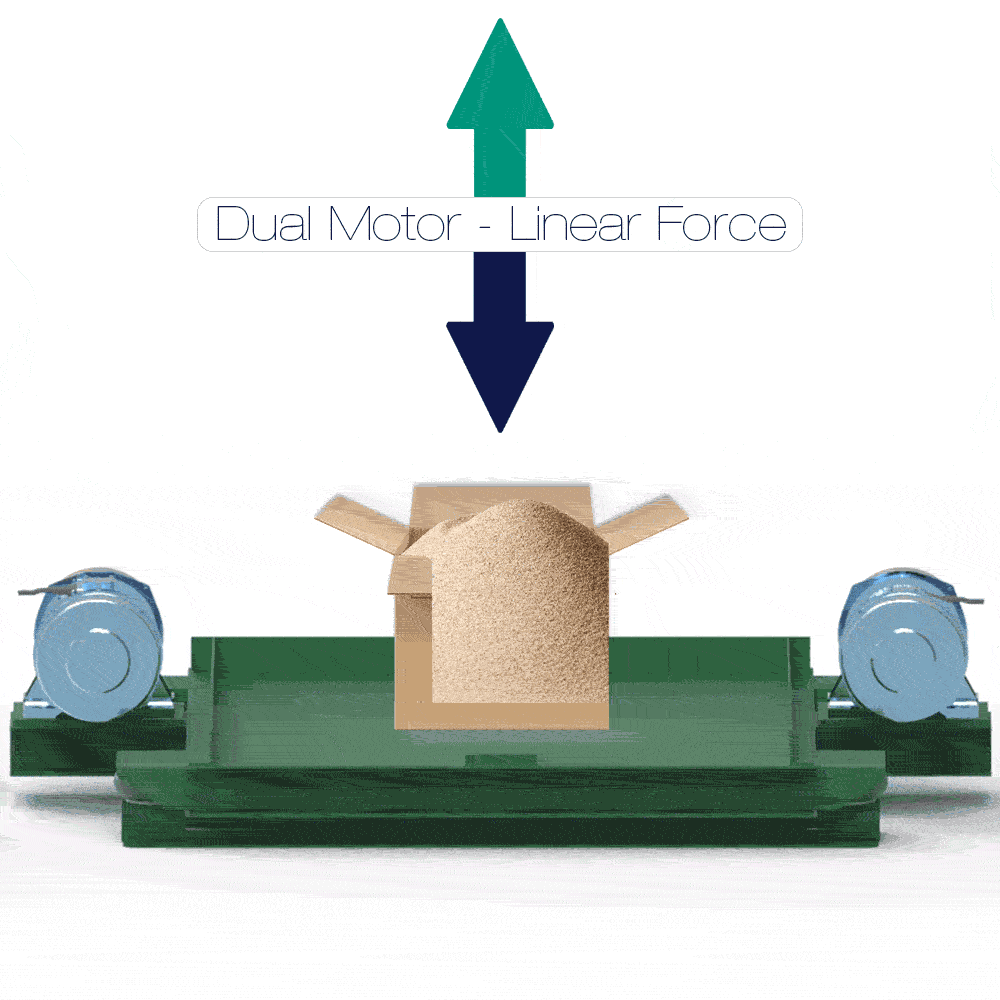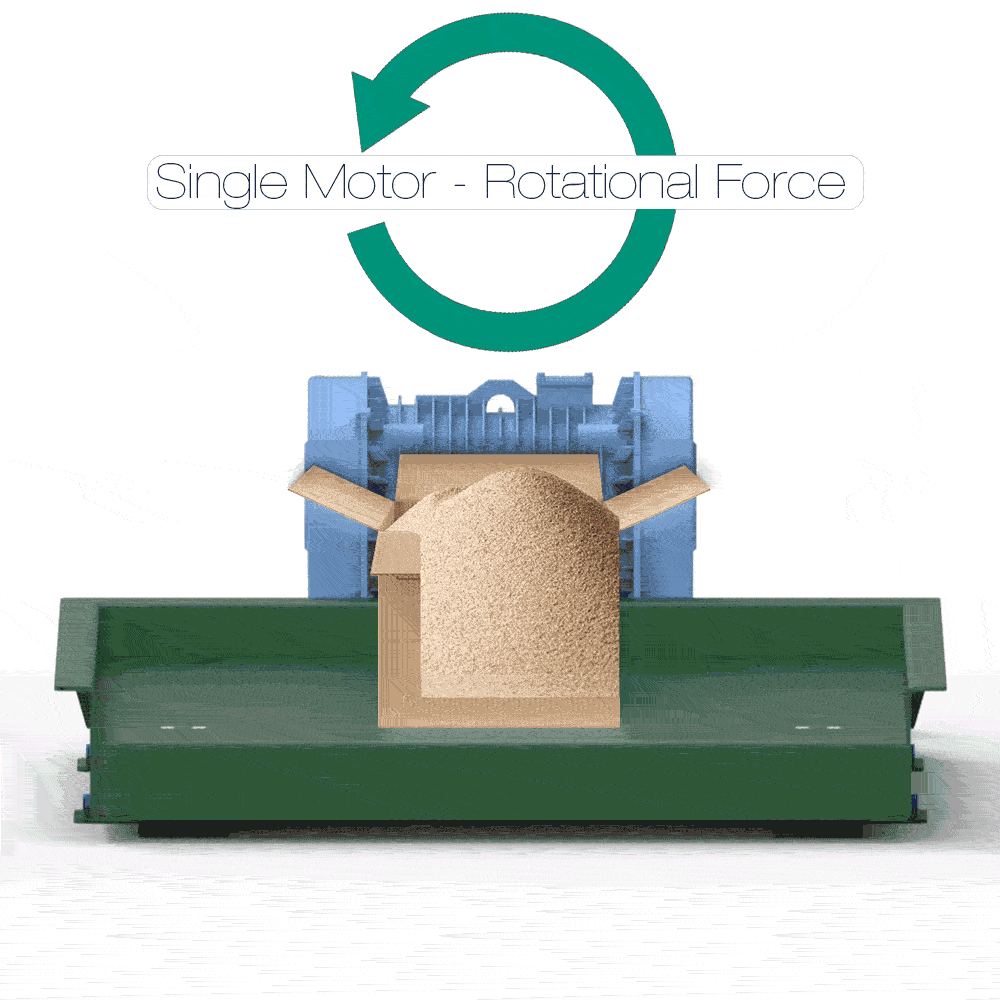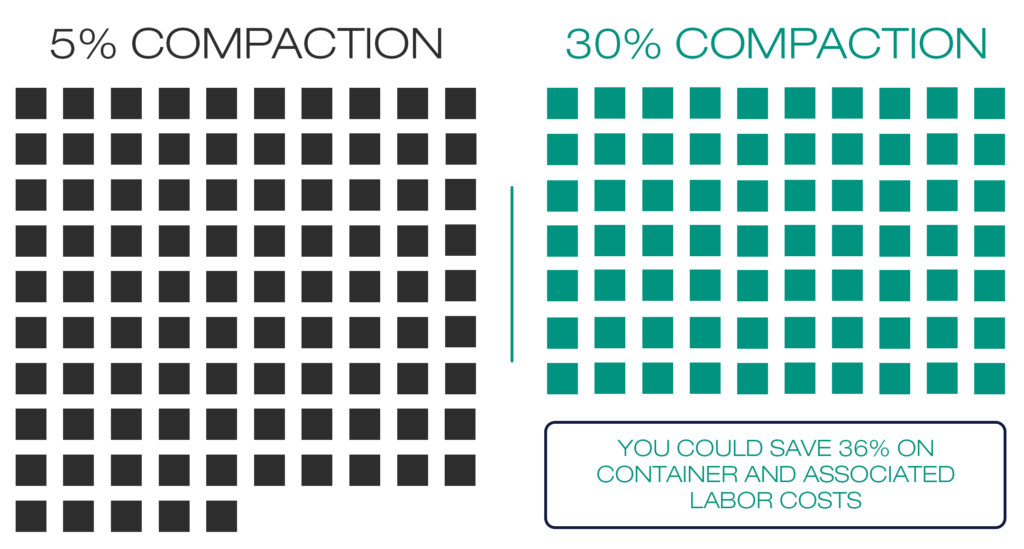When considering a Bulk Bag Filler or new Bag or Box Filling system, you will inevitably be presented with the option for densification. Most typically, densification options from the filler or system manufacturers utilize industrial vibration under the container being filled to settle, compact, or densify the material. As discussed in one of my previous blogs, the act of vibrating material to fit more in the container can be an excellent investment to reduce container and shipping costs and make bulk bags more stable and resilient to tipping during storage or transport.
However, all densification tables are not created equal. Comparing a table that is properly designed to handle a fully filled container vs. a table that just vibrates would be like comparing an Omakase at Sushi Yoshitake to a California roll from your grocery store deli counter. Yes, they are both “sushi,” but entirely different products for different purposes and of different value. When comparing densification options, here are some things to ask the manufacturers to help make a better comparison:
Is the vibration linear (up and down) or rotational?
Linear vibration, which is in line with gravity, is the most effective and efficient direction of vibrational force to settle or densify. Rotational vibration will get some results, as the vibrational force is in line with gravity at two points during its rotation. However, rotational vibration tends to throw material in the direction of the rotation. So, the material and the container will tend to move to one side, while linear vibration will keep the material and container in the center of the table. While linear vibration can be achieved with a single, piston-style vibrator, if rotational electric vibrators are used (as is most common), the table must use two vibratory motors to achieve linear vibration.
What percent of densification will I get on my total filled container load?
A properly designed vibratory densification table will consider the force (Gs) and frequency that is best for the material type, density, and load of the fully filled container. Frequency is a significant factor that can change depending on material and density. In the video below, you can see this principle in action.
If your manufacturer only offers 1 or 2 frequencies, beware. A good manufacturer will have test equipment to test the best combination of force and frequency for your specific material and provide test results of the % compaction achieved and the time required to reach full compaction. Some Bulk Bag Fillers offer densification but only have enough vibrational force to affect the bottom 15% of your load. That will likely do the trick on making sure your filled bag is stable. But, if your material can densify by 30% with vibration and you only get that benefit on the first 15%, you really only get the densification benefit of ~5% of your container and could be getting another 25% of material in your container.
Full densification vs. partial densification is where differences in Total Cost of Ownership comes in. Imagine if you are only densifying your total load by 5% rather than 30%. That is inefficiency that adds up over every production run and shipment. You would use 95 containers for the same amount of product you could use 70 containers for. That is 36% more cost of container and associated labor costs for switching out containers. If you load out truckloads by volume before weight, you would also be seeing 36% more transportation costs.
Do you think you might have purchased or might be evaluating to purchase a densification table that isn’t properly designed and sized? Contact us for help! We are open to working independently or in partnership with your filler station OEM.

Craig Macklin joined The Cleveland Vibrator Company in 2010. Although his prior experience is mired in the world of theoretical, intangible products and services such as software and consulting sales, the past 11 years have developed his passion for this industry and molded the vibration expert we know today. Now, as President and CEO, Craig has a deep understanding of the value and importance of industrial vibration to numerous industries and applications. He enjoys fine, locally roasted espresso, good food, and spending the day with his wife and two daughters. He has cried at multiple Browns and Indians games and likes to get outside and golf in his free time.
What’s his area of expertise, you ask? “Making sure the people on our team are better and smarter than I am.” – Craig Macklin
Follow us:
Share this blog post:





